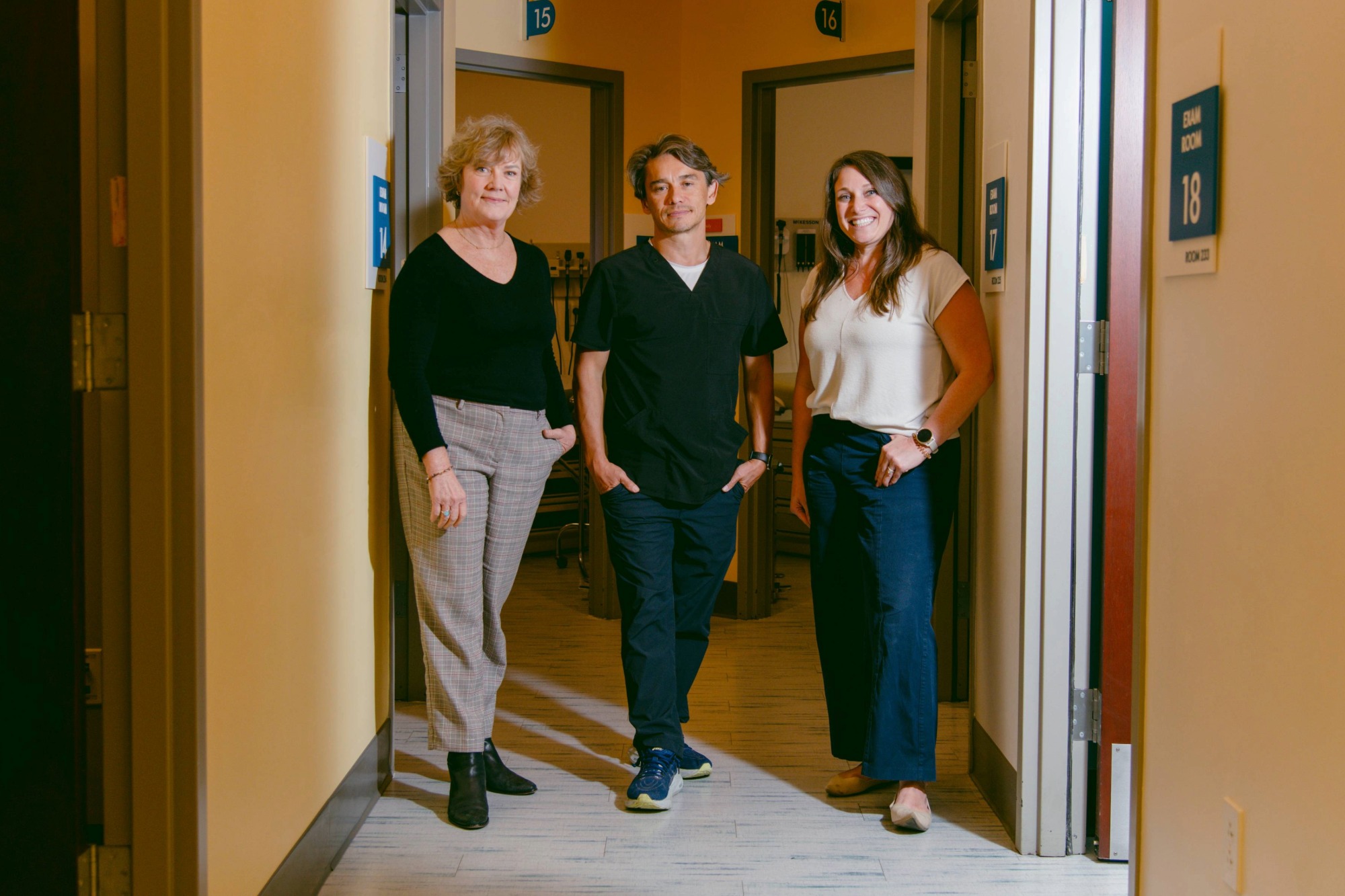Buprenorphine, an FDA-approved medication for addiction treatment and pain relief, cuts opioid overdose death rates in half. Yet nearly 80% of Americans with opioid use disorder (OUD) do not receive buprenorphine or other medication-assisted treatment (MAT).
Practitioners who wish to prescribe buprenorphine must complete a waiver application which can be found on the SAMHSA website.
Buprenorphine: An Overview for Clinicians (PDF) provides answers to frequently asked questions, aiming to increase prescriber comfort with prescribing buprenorphine throughout the health care system. Once the basics are mastered, buprenorphine can be as straightforward to prescribe as medications for other medical conditions. It covers the following topics:
About Buprenorphine
- Buprenorphine compared to methadone and naltrexone
- Accessibility obstacles
- How to start a patient on buprenorphine
- Where can a patient start buprenorphine?
Dosage, Duration, and Monitoring
- Maintenance dosage
- Treatment duration: detox, maintenance, tapering
- Monitoring and diversion
- Substance use
- Behavioral health treatments
Pain Management with Buprenorphine
- Advantages of using buprenorphine for chronic pain
- Elderly patients with chronic pain
- Treating pain in the emergency department and hospital
- Hospitalized and perioperative patients on buprenorphine
Legal and Administrative Facts
- Laws regulating buprenorphine prescribing
- Getting prescriptions approved by health plans
- Documentation required by federal and/or California laws
Resources
MAT for Opioid Use Disorder: Overcoming Objections (CHCF)
Practice Guidelines
Guidelines for the Psychosocially Assisted Pharmacological Treatment of Opioid Dependence (World Health Organization)
Clinical Practice Guideline for Management of Substance Use Disorder (Dept. of Veterans Affairs)
Model Policy on DATA 2000 and Treatment of Opioid Addiction in the Medical Office (PDF) (Federation of State Medical Boards)
Pregnancy
Medications to Treat Opioid Use During Pregnancy — An Info Sheet for Providers (SAMHSA)
Health Care Settings
- Rural areas and Native Americans / Alaska Natives: California MAT Expansion Project
- Emergency departments and hospitals: California Bridge Program
- Primary care: Addiction Treatment Starts Here Resource Hub
- Jails and the court system: MAT in County Criminal Justice
- Treatment centers and SUD counselors: MAT in residential treatment
Authors & Contributors
Scott Steiger
UCSF School of Medicine
Triveni DeFries
UCSF School of Medicine





